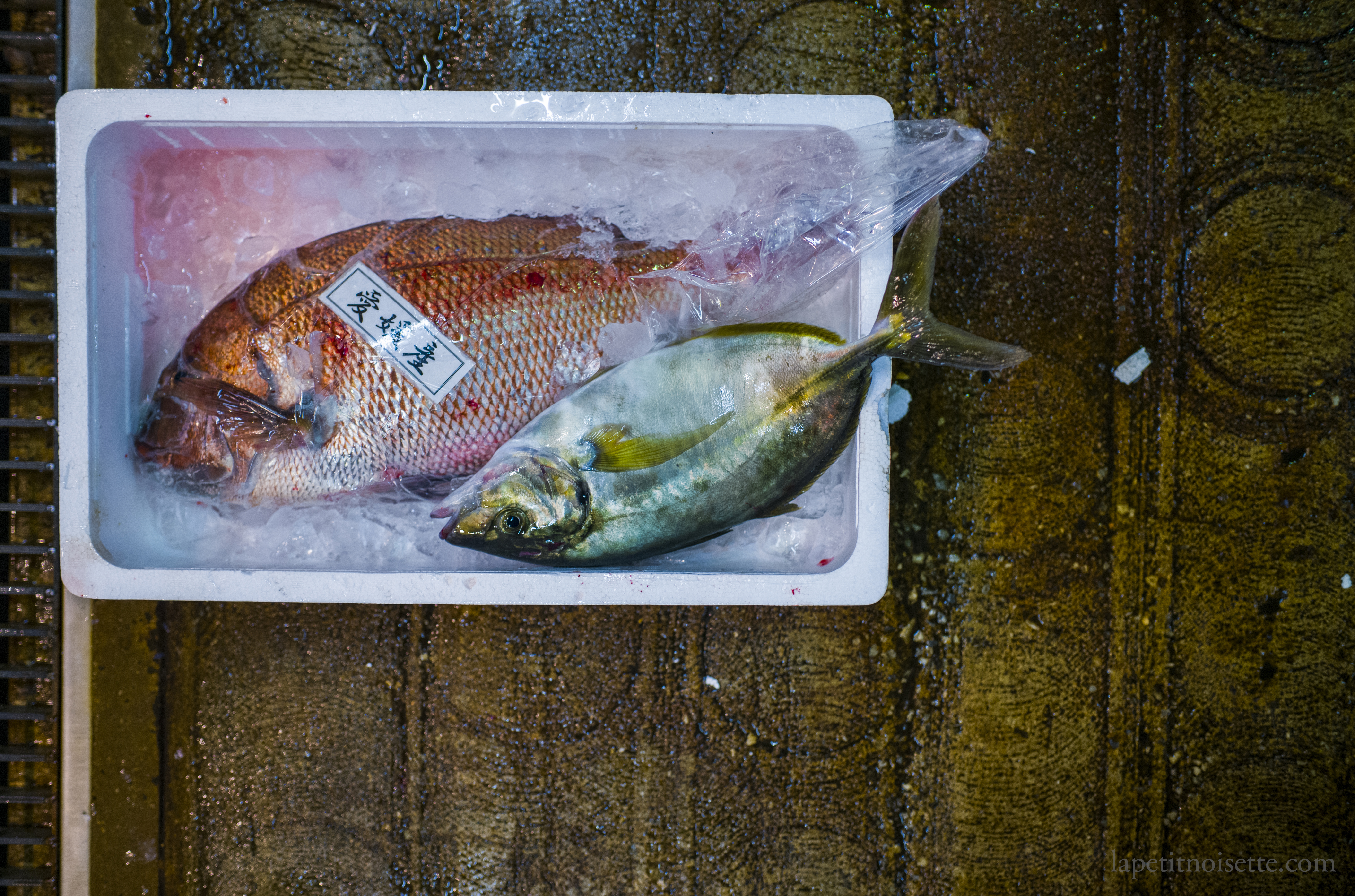
Another article on wild vs farmed version of a fish, you’ll see many similarities running across how the market views wild caught products vs those that are raised in captivity. Firstly of course, most of these fishes’ stocks have declined so much due to the over consumption in Japan which had led them to either import similar version of the fish from overseas (such as importing baby glass eel from China and Southeast Asia to raise into their unagi) and to farm them (see my article on wild vs farmed unagi). The same has occurred for Shima Aji which is perceived as a more prized fish compared to tai in terms of price.
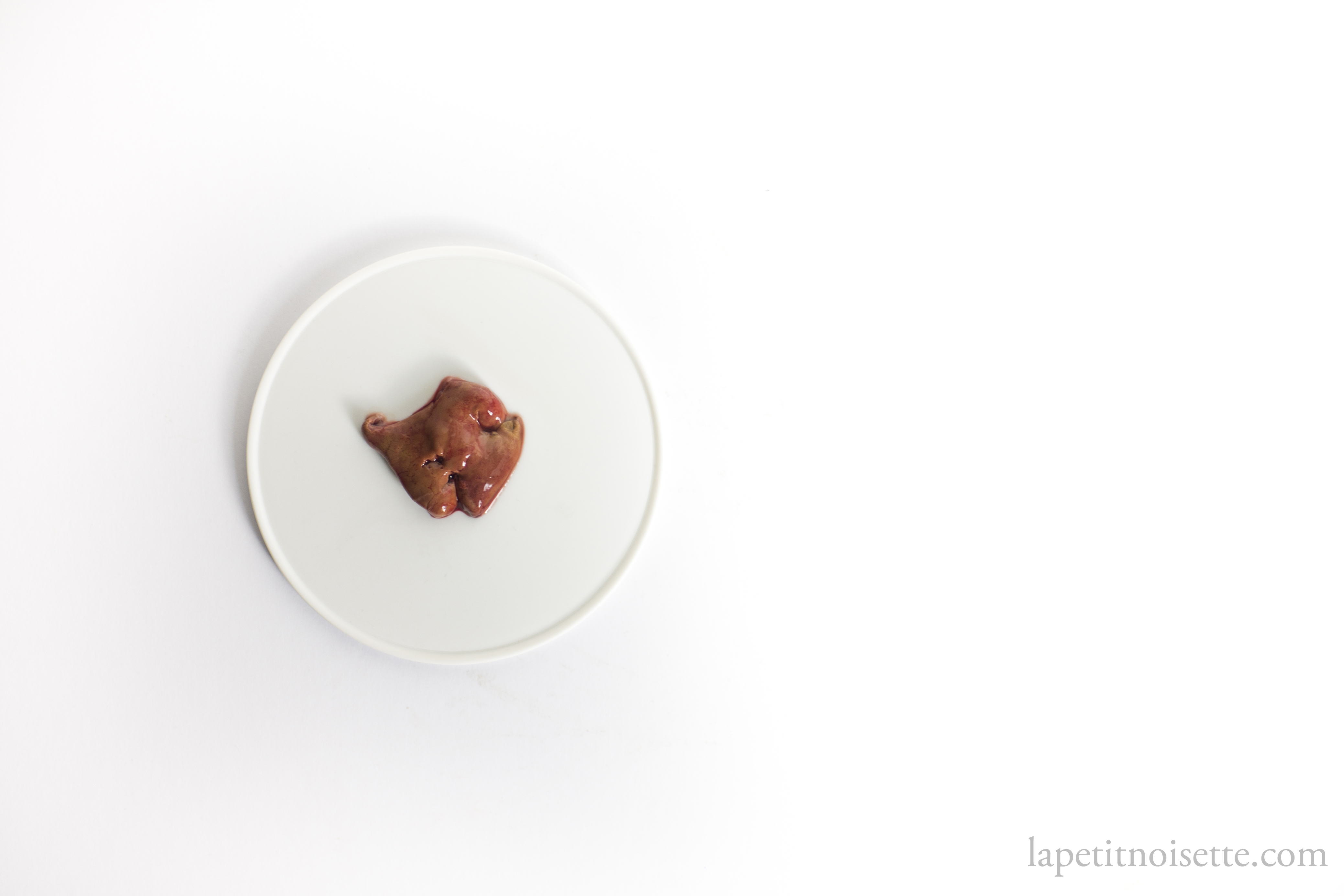
In my previous article on Shima Aji, I briefly covered how traditionally this fish was considered as a white flesh fish (Shiromi/白身) but is now considered more of a coloured fish like yellowtail or buri. The term coloured fish (iromono/色物) is actually not a huge category like white flesh fish or silver skinned fish (Hikarimono/光物) as it doesn’t contain that many fish. Off the top of my head I can only think of fish such as most kinds of trevally (Shima Aji), amberjacks and yellowtails. When raised in captivity and fed using fish feed, the immediately obvious side effect is that the fish flesh becomes much more marbled and oily, pushing it into the coloured fish category.
Whilst many people outside Japan tend to prize the most fatty cuts of fish such otoro and chutoro in tuna and sardines during their peak season, there is enjoyment to be found in white fresh fish that is on the decline with the younger generation, even in Japan. This is because white flesh fish isn’t prized for its punchy flavours, but more for its light and fresh texture with a hint of savoriness when prepared with skill. However, most preparations of white flesh fish just come across as plain and chewy due to variation in the aging used or the freshness of the fish. This is very much familiar to the very best Hirame or Mako Garei, especially the nigiri that you make from their little flesh on the fin or Engawa in Japanese (えんがわ/縁側) which is exercised so much that its chewy but contains such a depth of flavour.
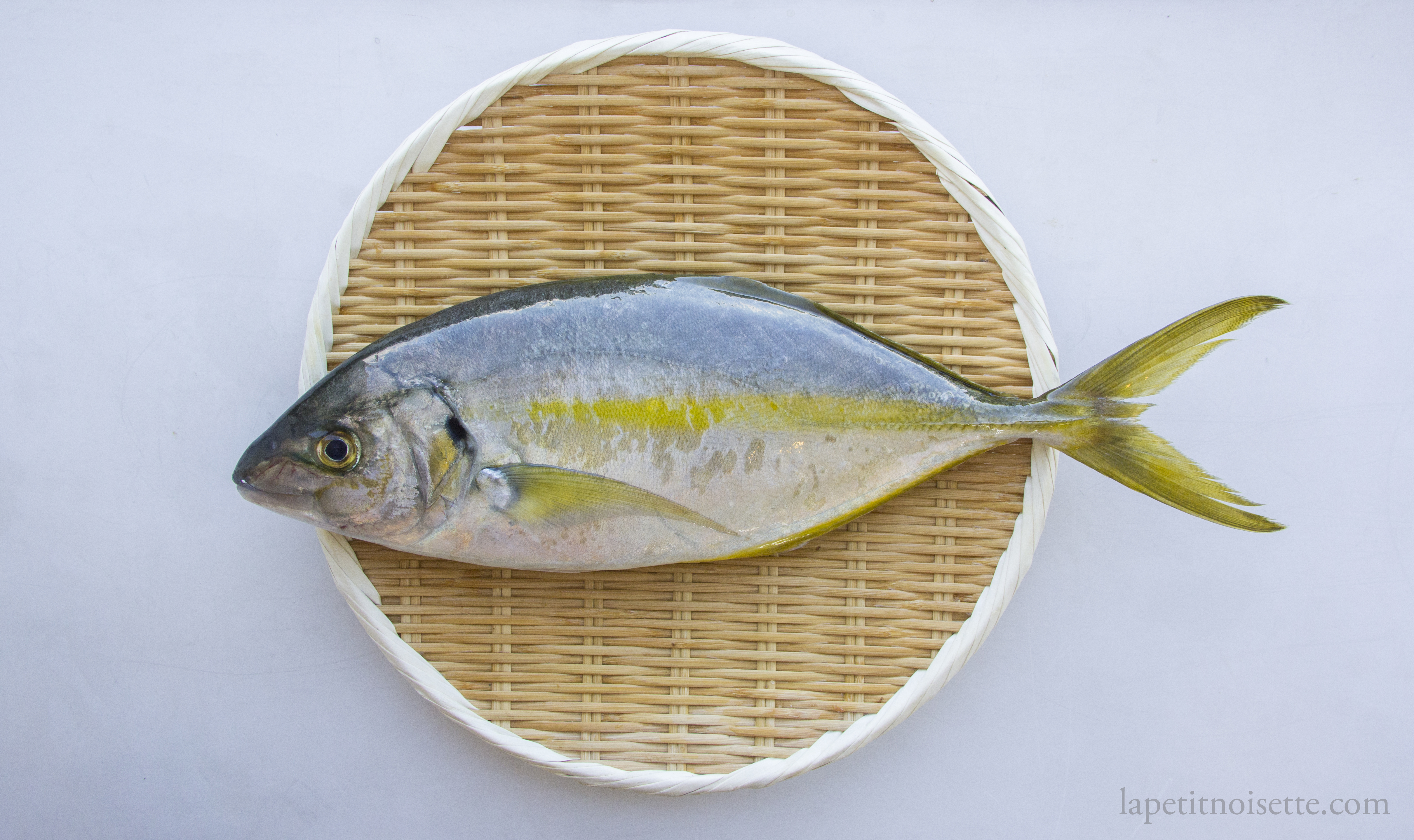
Secondly, and this is the main problem with farmed fish, be it farmed buri or farmed shima aji, is that the fat tastes of the fish feed fed to it. Natural fat is flavourful and sought after especially when the fish naturally puts on fat during winter. This is why fish that are in season during the winter and autumn, when they store energy to either spawn or get through winter are so much more delicious. However, the fat from farmed fish can taste rancid. I’ve even had the opportunity to try buri and maguro that have been raised on iwashi and you can basically taste the oils from the sardines in their flesh. There are of course, farmers who have spent a lot of resources and time designing their fish feed to mimic the natural taste, but that is not the majority of them.
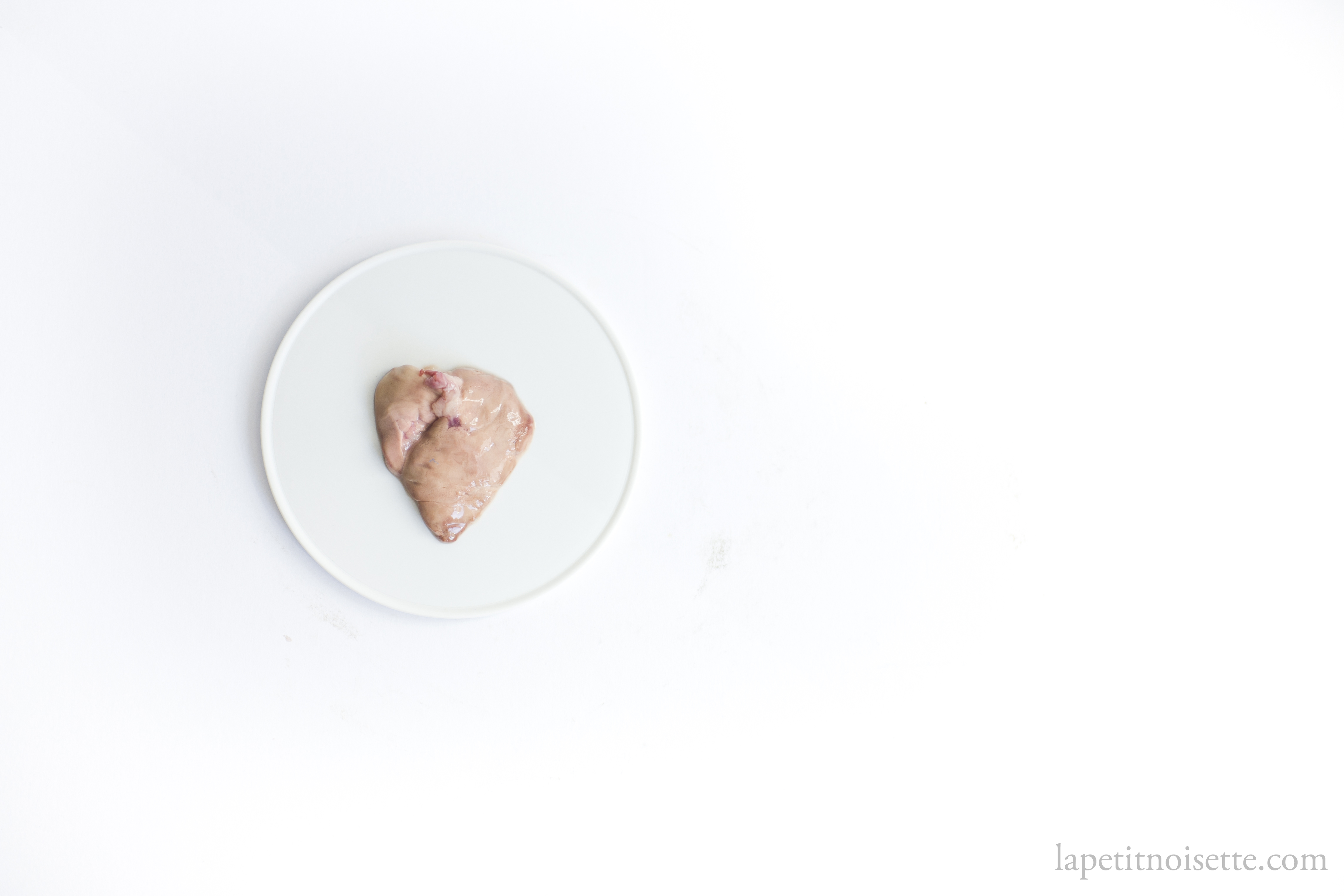
The diet of constantly eating fish feed and the result from being confined to a fish pen also has a visible result on the liver of the fish. Most wild fish have a deep dark red liver that’s full of flavour if blended into soy sauce to make a dipping sauce but farmed fish tends to have an extremely light coloured fatty liver as though they have fatty liver disease.
This of course doesn’t matter to farmers because the fish are harvested for consumption before any of the long term effects of such a diet can be visible in the fish. This makes the liver more suitable to be used like monkfish liver in a nabe or steamed in soy sauce (if you don’t mind the flavour of the feed which you might not notice).
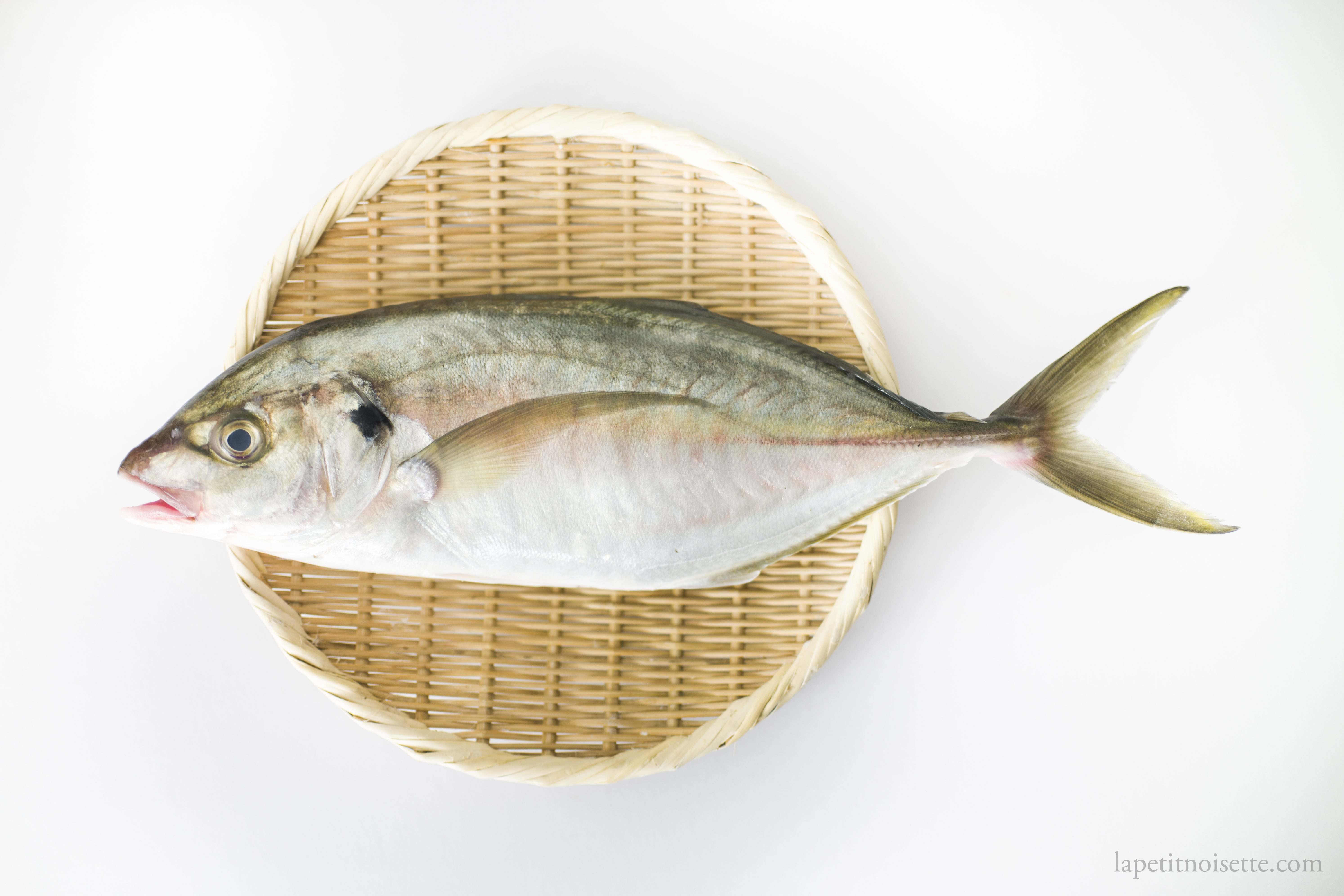
When done well, I do personally quite enjoy the taste of farmed Shima Aji as I’m not the biggest fan of white-fleshed fish. However a lot of this depends on how the fish are raised, some of the farmed Shima Aji I’ve tried just taste like fish feed/oils that can be extremely unappetizing, as though you’re eating cat or dog food.
Lastly, I’d like to touch on a topic with little research done on but is relevant nonetheless. Shima Aji in Japan specifically refers to the white trevally (Pseudocaranx dentex) but is also sometimes used loosely overseas to refer to fishes in the trevally family, especially by suppliers and restaurants trying to sell their products to customers. There are actually recordings of Pseudocaranx dentex caught outside Japan but the main confusion here comes from Australia and New Zealand who export a lot of trevally to Japan to meet the demand for wild Shima Aji that is not found.
There exists 3 species of trevally in Australia which until very recently they thought were all the same species. They are the white trevally, Pseudocaranx ‘dentex’, the silver trevally, Pseudocaranx georgianus (マルヒラアジ) and Pseudocaranx dinjerra. If you notice, the word dentex above is in inverted commas because they’re not even sure if it’s the same species as that found in Japan. Currently a lot of work based on genetic analysis has shown evidence that these are indeed three separate species but this has not changed the labeling of the fish that are exported into Japan and the rest of the world under the name Shima Aji. If you were to look at pictures of this fish, you’d notice slight differences such as the shape of the pectoral fin and the colouration of the fish, though it’s characteristic black eye spot behind the gill flap is still present.
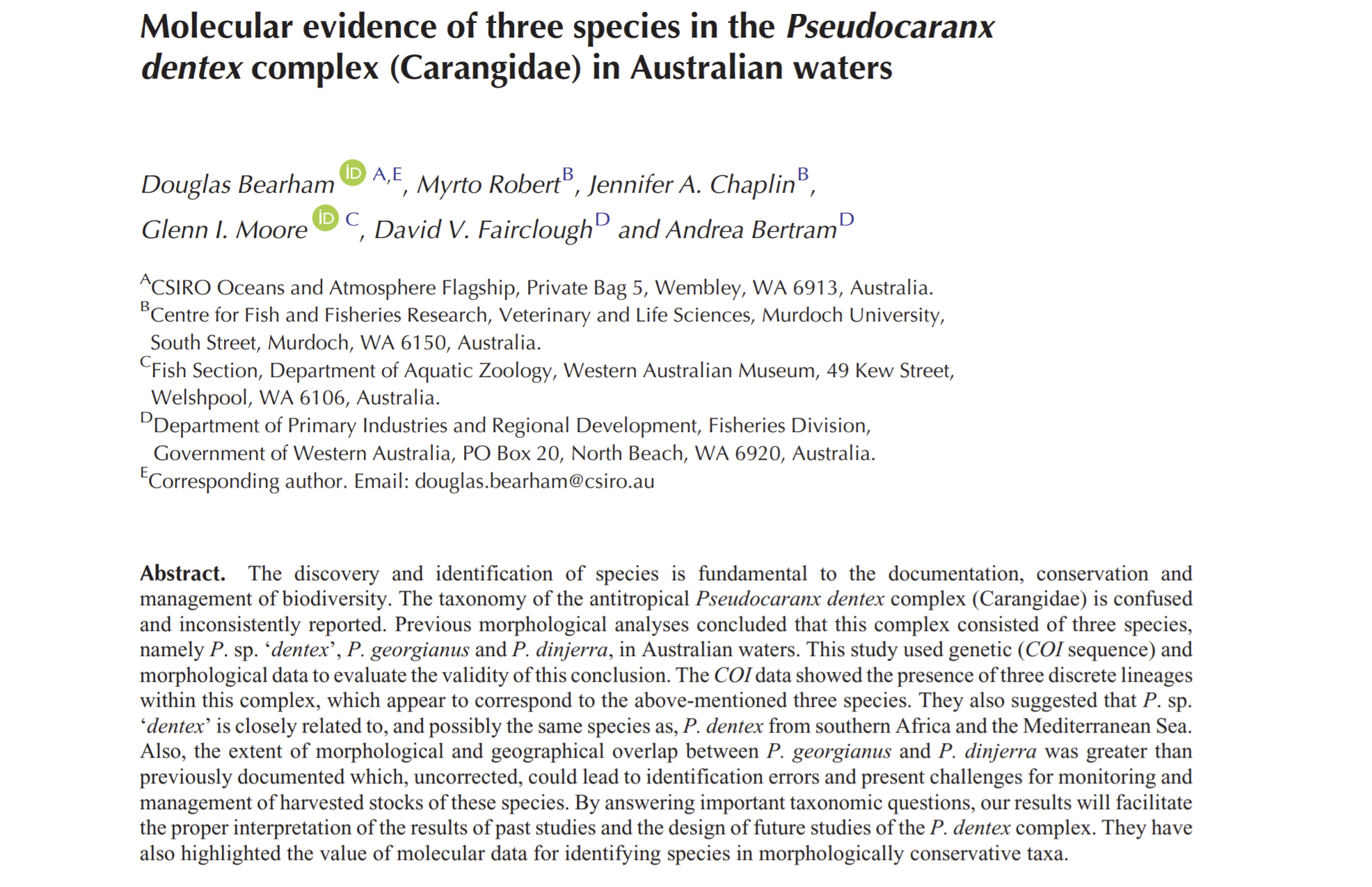
I was googling about farmed fish and why they taste funny, and stumbled onto your website. I’m so glad someone else can taste the difference in the fish fat and flesh. My family was skeptical when I told them not to buy trevally and golden pomfret anymore because they make me ill. So, thanks for this.
There seems to be an issue with images on this article and some other articles. Can you take a look?
Thank you so much for letting me know. The issue should be resolved now.